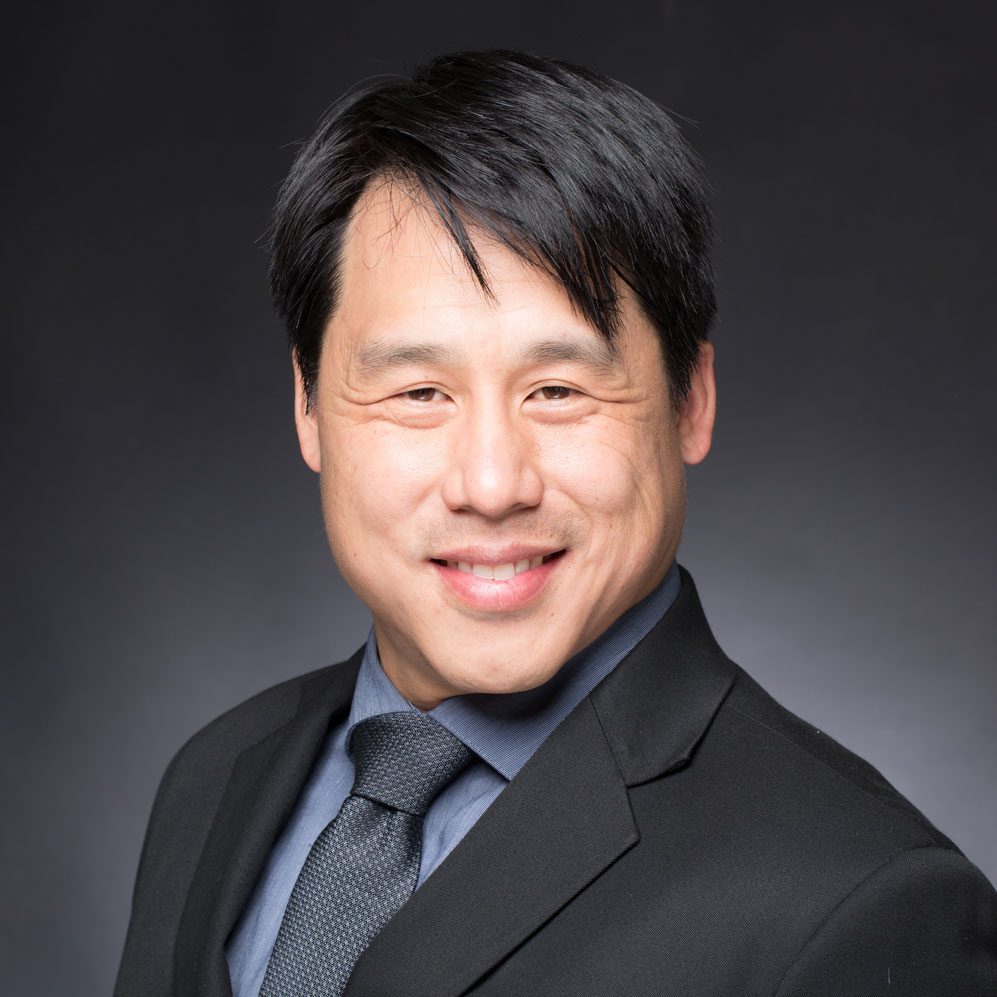
What is left to say about driverless cars?
The innovation has lots of promise and (certainly) lots of hype. They promise to change the world. Someday. Maybe soon.
Or maybe 20 years from now. Maybe never — though that seems unlikely.
As the autonomous future unfolds, there are lots of predictions. Some of the smartest ones were front and center at the Casualty Actuarial Society Ratemaking, Product and Modeling Seminar in Chicago in March.
There, CAS Fellow Donald Mango, a principal at Innovensure Advisory Solutions, led a session called “Auto Insurance: 2028.” The session tapped the expertise of Matthew Moore, senior vice president at the Highway Loss Data Institute; Chris Mullen, the director of technology research at State Farm; Thomas Karol, general counsel at the National Association of Mutual Insurance Companies; and CAS Fellow Alexander Timm, who founded Root Insurance, an app-driven auto insurer.
The discussion that followed was both wide-ranging and focused. The scope was wide because driverless technologies could change much more than just who is or is not behind the wheel.
The focus came from a tragedy just days before: The first pedestrian struck and killed by a self-driving car occurred March 18. It appears that the autonomous system failed to see Elaine Herzberg as she walked her bicycle across several lanes of traffic. The backup driver behind the wheel also allegedly failed to react in time.
Moore, from the Highway Loss Data Institute, noted that autonomous vehicles rely on a suite of detection devices to figure out what surrounds them. The systems are not all well-suited to detect pedestrians.
Radar uses sound waves to detect potential crash partners. Radar systems listen for echoes. Large solid objects like cars and trucks create strong echoes. Humans are soft and do not echo very well.
LIDAR (Light Detecting and Ranging) systems emit laser beams and watch for their reflections. Shiny new cars reflect light very well. People do not.
Cameras need pedestrians to be visible and to move in a predictable manner, so the computer can recognize the image it encounters. Human movements can be hard to predict.
Computers in the vehicle have to take a mountain of tiny bits of data and turn all of that data into a go/no-go decision in a split second.
“Pedestrians are the most vulnerable road users,” Moore said. “They are also the hardest to detect and they are the least predictable.”
Hence the first question: What effect would the accident have on the development of driverless vehicles?
For Chris Mullen of State Farm, the accident shows how important consumer trust will be in the move to autonomous vehicles. The technology may need to improve before people are ready to use it. “Are they ready for the technology?” she asked. “Are they going to use it? Is this going to scare them? People want to see research and they want to know they have systems and redundancies in place to keep them safe.”
NAMIC’s Karol predicted the accident would have states reconsidering policies that give autonomous vehicle designers “unfettered access” to public roads.
And Mango cited research that suggests that people will accept 1,000 times more risk voluntarily than if it is forced on them. Autonomous vehicles, of course, force all risk onto pedestrians and passengers — the hope being that the risk they impose on people is much less than what people now bear.
The 1,000x rule, however, means autonomous vehicles start at a big deficit, Mango said.
What will the next few years look like?
Mullen worries that drivers will struggle if they own two or three vehicles, each with its own safety system. This seems likely to happen, she said, as people hold onto cars longer (the median vehicle has been on the road more than 11 years) and each new model year brings a new safety feature.
Cars are already becoming more sophisticated, she said, and most people don’t really understand all their new car can do.
Emerging technologies are already changing driving patterns, said Moore. Newer cars have built-in backup cameras. People stare at the cameras as they back up, he said, often forgetting they need to know what the front of the car encounters even as the vehicle moves in reverse.
How will insurers manage the explosion of data that new technologies will be measuring?
Timm, Root Insurance’s founder, noted that in the transitional period — when machines drive sometimes and humans drive sometimes — could be a challenge. How can insurers know which is at the wheel when?
The challenge, he said, will be twofold. Companies will have to figure out how to get the data (second by second). Then they will have to figure out how to model it.
In pricing insurance, he also predicts that the data will be better handled if actuaries push past the classic general linearized model and embrace techniques like random forests.
Moore noted that it is difficult to harvest data without manufacturer help; that data needs to be managed to let it serve the insurance industry and the general public. That’s not easy now, he said. Insurers know which models include options of safety packages, but they often don’t know whether a particular vehicle actually has that option package.
In the future, Mullen said, insurers will need to know which new features work to price policies properly. “Right now no one knows which data and how much of it” is needed, she said.
What about pedestrians?
If, as Moore suggested, autonomous systems struggle to recognize pedestrians, what can we do? Put a chip in them so the cars will see them?
Moore himself was skeptical that this would be popular. He suggested chipping bike helmets or running shoes, if that became necessary.
Timm was confident driverless technologies will solve the pedestrian problem. “I don’t know how it doesn’t get a lot better really quickly.”
Who will be liable for accidents in the driverless future?
Karol, of NAMIC, predicted that as long as the driver has some authority in the car (even an emergency stop button), they will bear some responsibility.
If the driver isn’t responsible, an auto accident could become an “incredibly complicated” product liability claim. In the pedestrian accident a few days before, the auto was a Volvo that Uber had retrofitted; it would likely be expensive to litigate, Karol said.
The United States hasn’t sorted out the liability question, he said. The United Kingdom and Canada have proposed systems in which injured persons receive care immediately, while the manufacturers engage in what is likely to be a protracted legal battle.
Will people continue to own their own cars?
Less car ownership implies less personal auto insurance premium and threatens the stability of the largest property-casualty line of business.
Timm suggested that within 10 years the insurance industry may contract. Insurers will move to other lines of business.
Mullen and Moore noted that if cars crash less, people will own cars longer — a tendency that has been growing for some time. “Ten years is not that long,” said Mullen.
Moore is a skeptic: “We are going to continue to want to own cars a long time … We aren’t good sharers in this country.”











